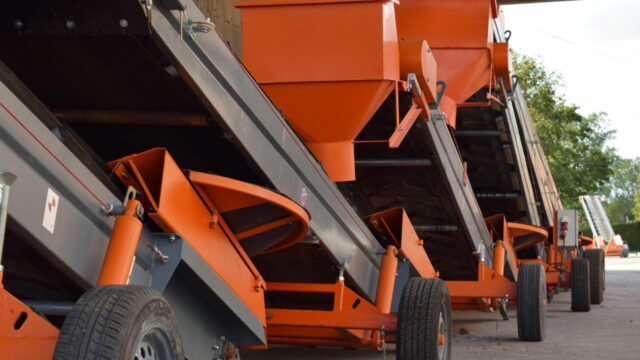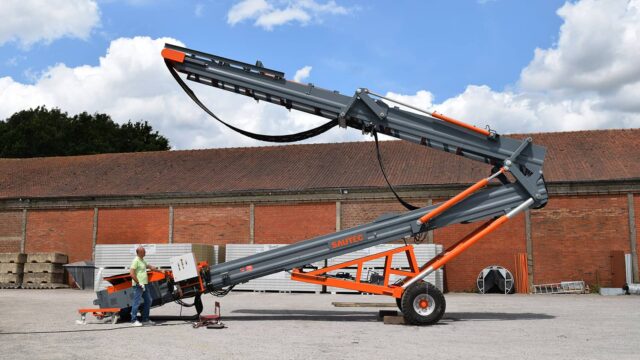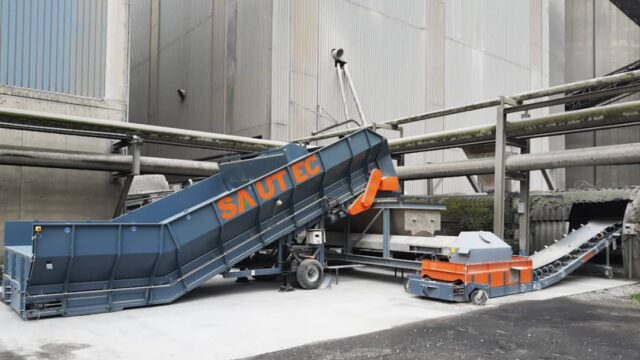Simplify the accessibility of your construction sites with a conveyor belt.
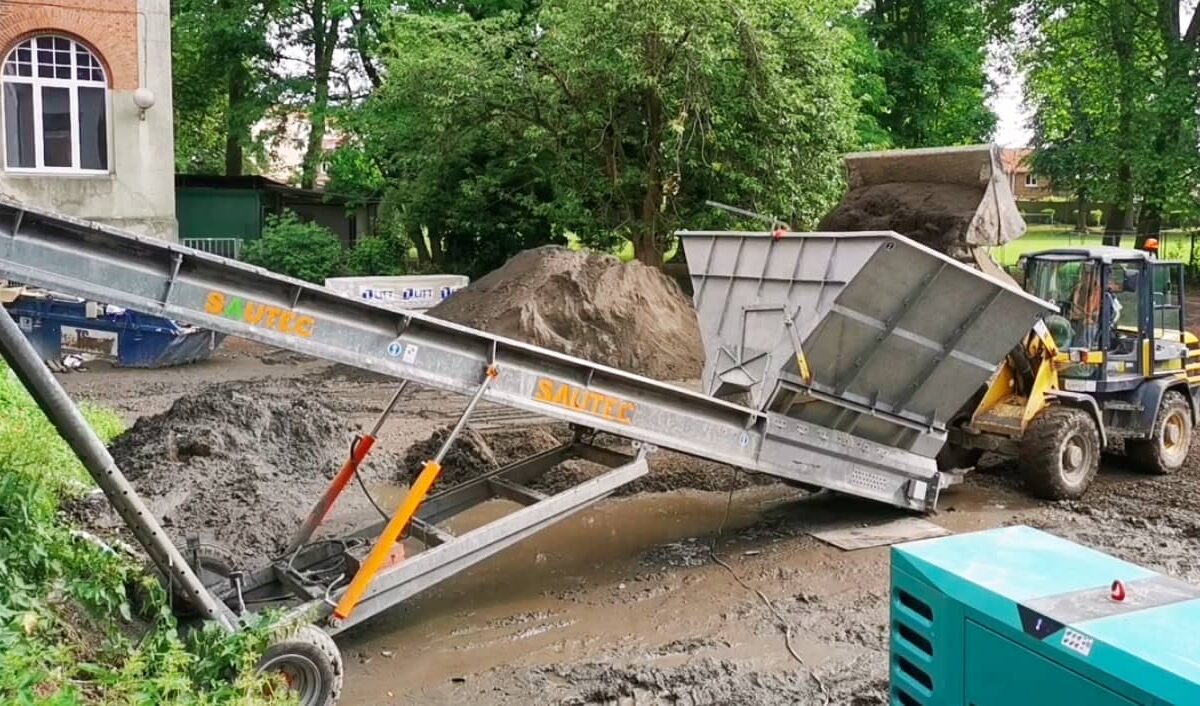
To rebuilt a cloister, a historic company in the Lille area (France) opted to rent a public works conveyor belt for the duration of the work. This was a far from insignificant choice for the transport of the 8,000 tonnes of sand and earth required for the success of the project.
Presentation of the project.
Complete renovation of a cloister and its garden.
Since 2020, the diocesan house of Lille (Maison Paul VI) has been renovated. Major rehabilitation and development work is being carried out to better meet the needs of future and current users.
One of the many phases of the project is the almost total redevelopment of the cloister and its garden. This operation requires the garden to be raised by 2.1m over its entire surface area (approximately 2,000m2) and to be filled with 6,300 T of sand and 1,800 T of topsoil.
The challenges of the project.
Adapt to site constraints and meet deadlines.
The garden is surrounded by a covered and enclosed gallery. Fortunately, the eastern side of the garden is not backed by a wall or any other building, which offers more possibilities to the teams on site.
The first challenge for urban development specialists was to find an effective solution to the constraints imposed by the gallery:
- Gallery width: 4m
- Spacing between the columns: 2,50m
- Height of the gallery from the ground: 1,20m
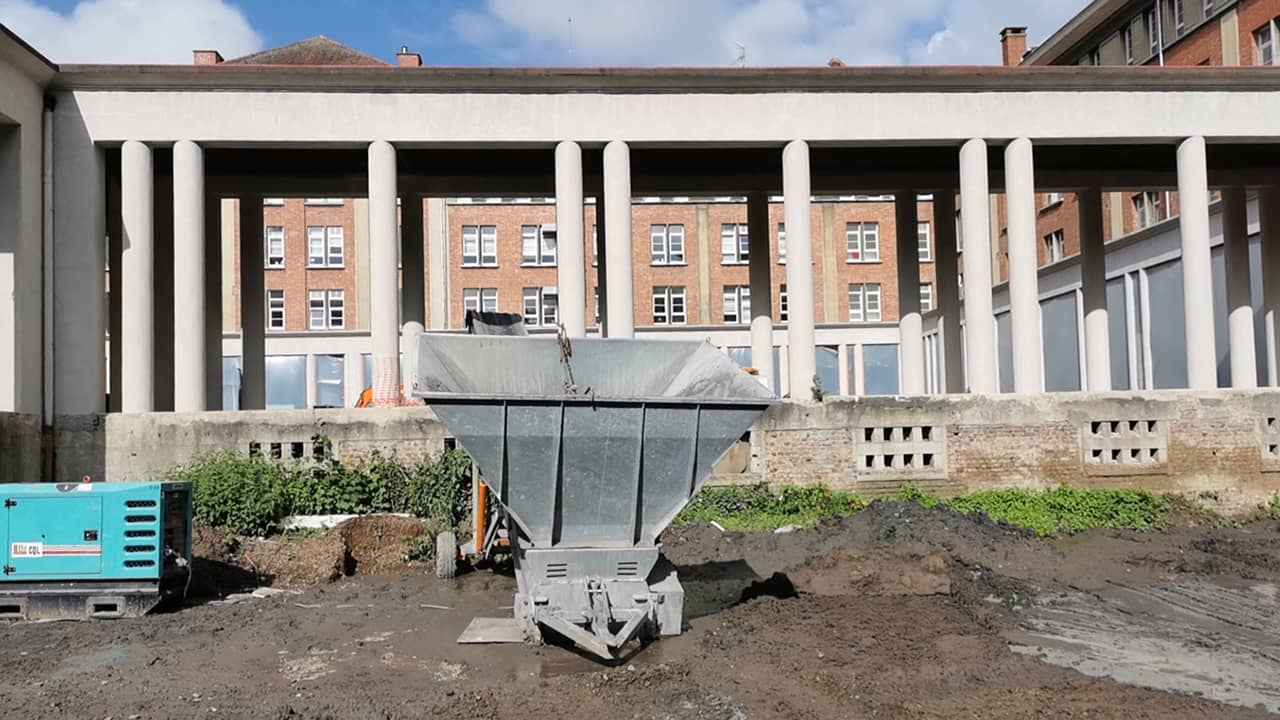
The second challenge was to adapt to the time constraints imposed by the site. The objective was to be able to transfer 500 tonnes of earth per day.
Faced with these challenges, the use of heavy equipment was not possible.
The proposed solution.
A customised 14m conveyor belt.
For the company in charge of the site, the use of a construction belt conveyor was both a first and a pleasant surprise!
The dimensions of the conveyor belt (14m x 800mm) made it possible to quickly adapt to the layout constraints. The 14m length of the conveyor was not too much to cross the gallery and allow the material to be deposited high enough.

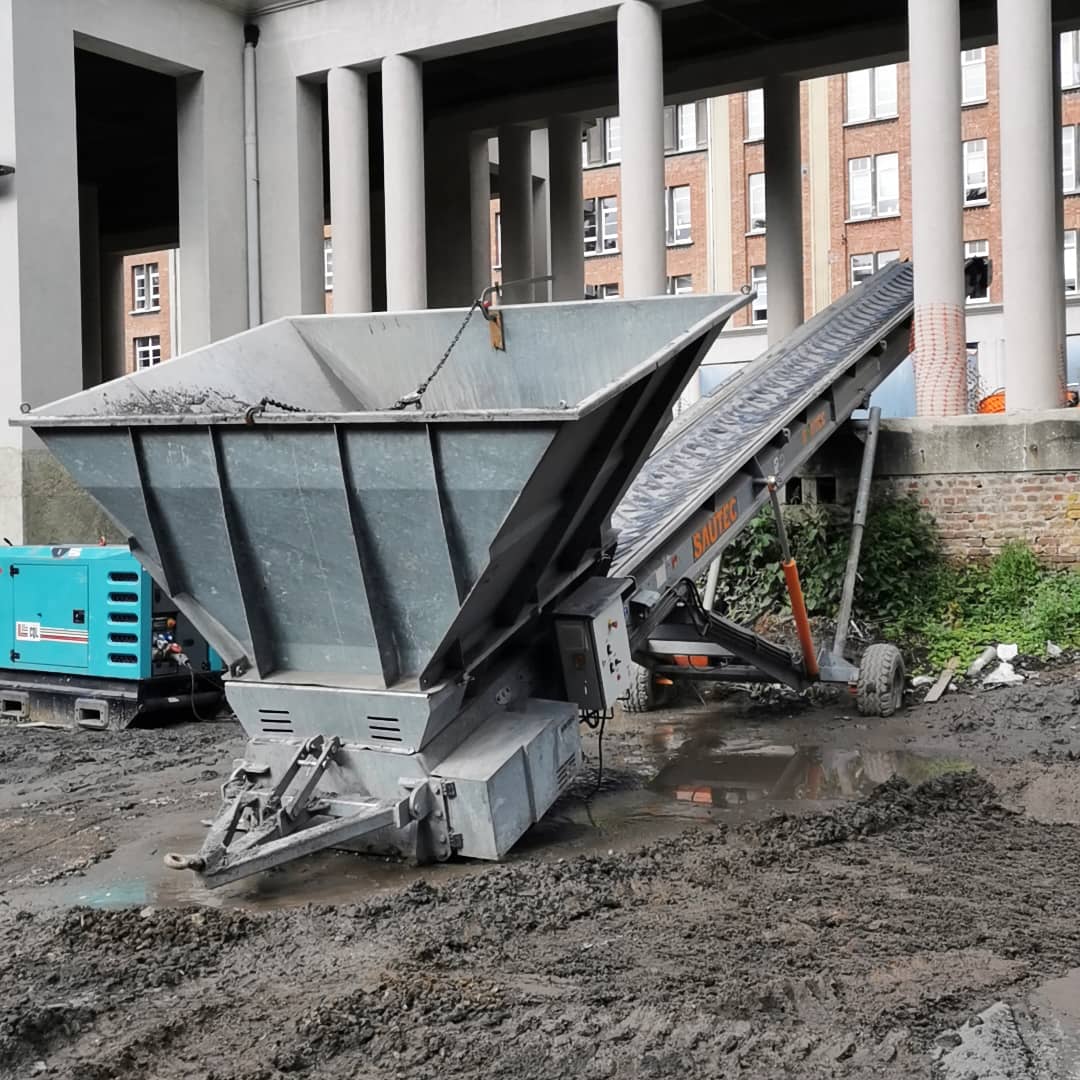

To better adapt to the customer’s needs, the conveyor belt was delivered equipped with a feeding hopper and a frequency inverter.
The material is delivered to the customer by tipper truck. A loader is used to collect sand and soil to feed the conveyor belt. The 3m wide hopper makes the driver’s work easier.
The frequency inverter allows the flow rate to be adapted to the needs of the teams in charge of the garden development.
The benefits of the conveyor belt on the construction site.
Performance and safety.
During our visit, we could see that the teams easily managed to reach their target of 500 tonnes per day. By reducing handling operations and the manoeuvring of heavy machinery on the site, this has also enabled the teams to improve the flow of materials and thus improve safety on the site.
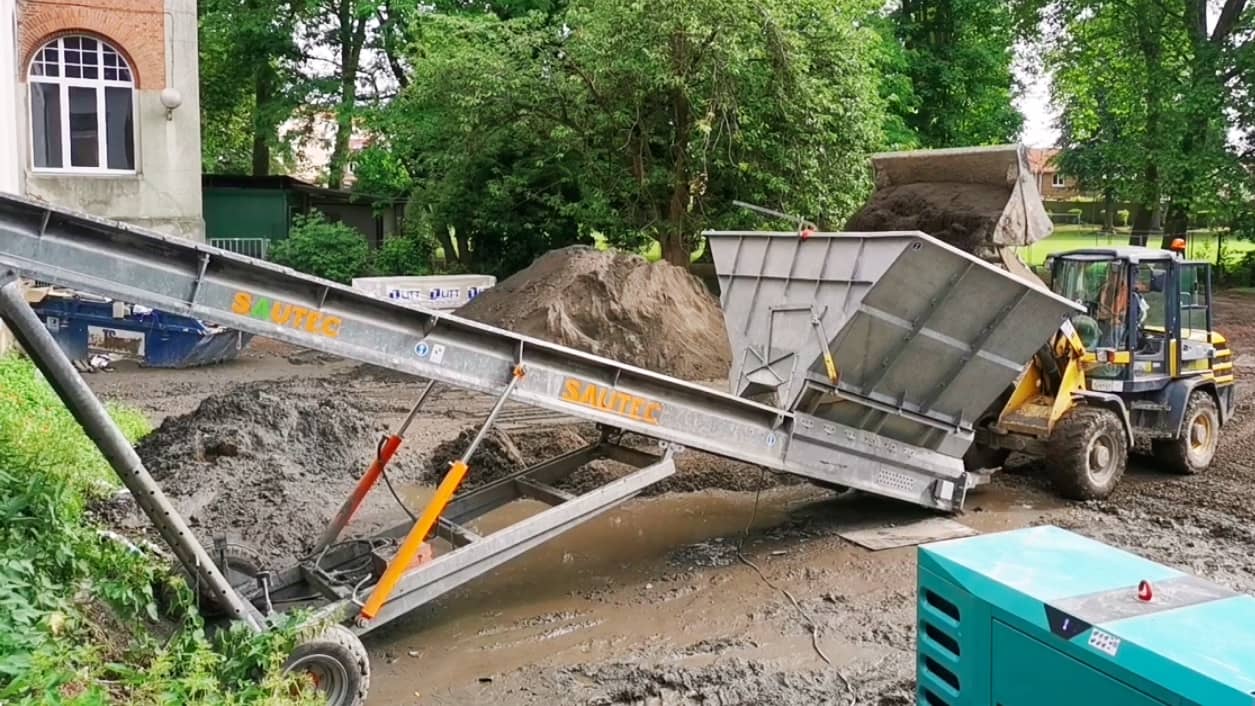
Another advantage was that the teams were able to take full advantage of the mobility of the site conveyor. While they thought they would be transporting materials to a fixed point in the cloister, they were able to change the drop-off points according to the progress of the work.
Initially estimated to take 2 months, the conveyor belt should probably reduce the time of the works and save time for the teams to carry out the other projects.



















